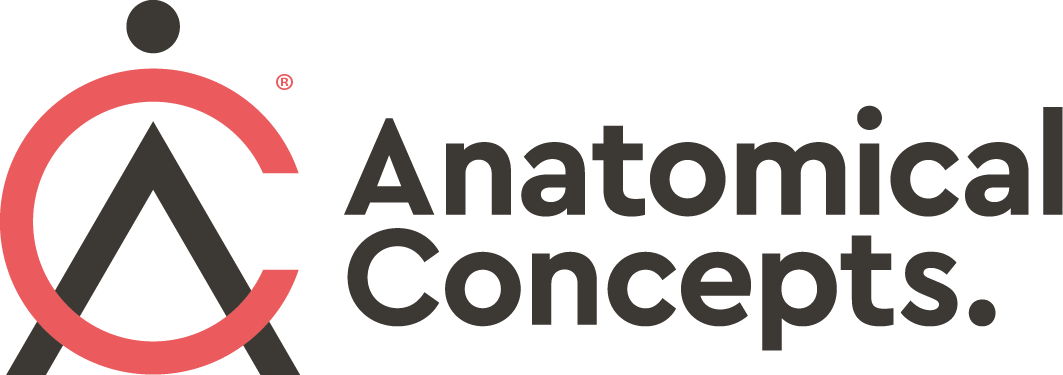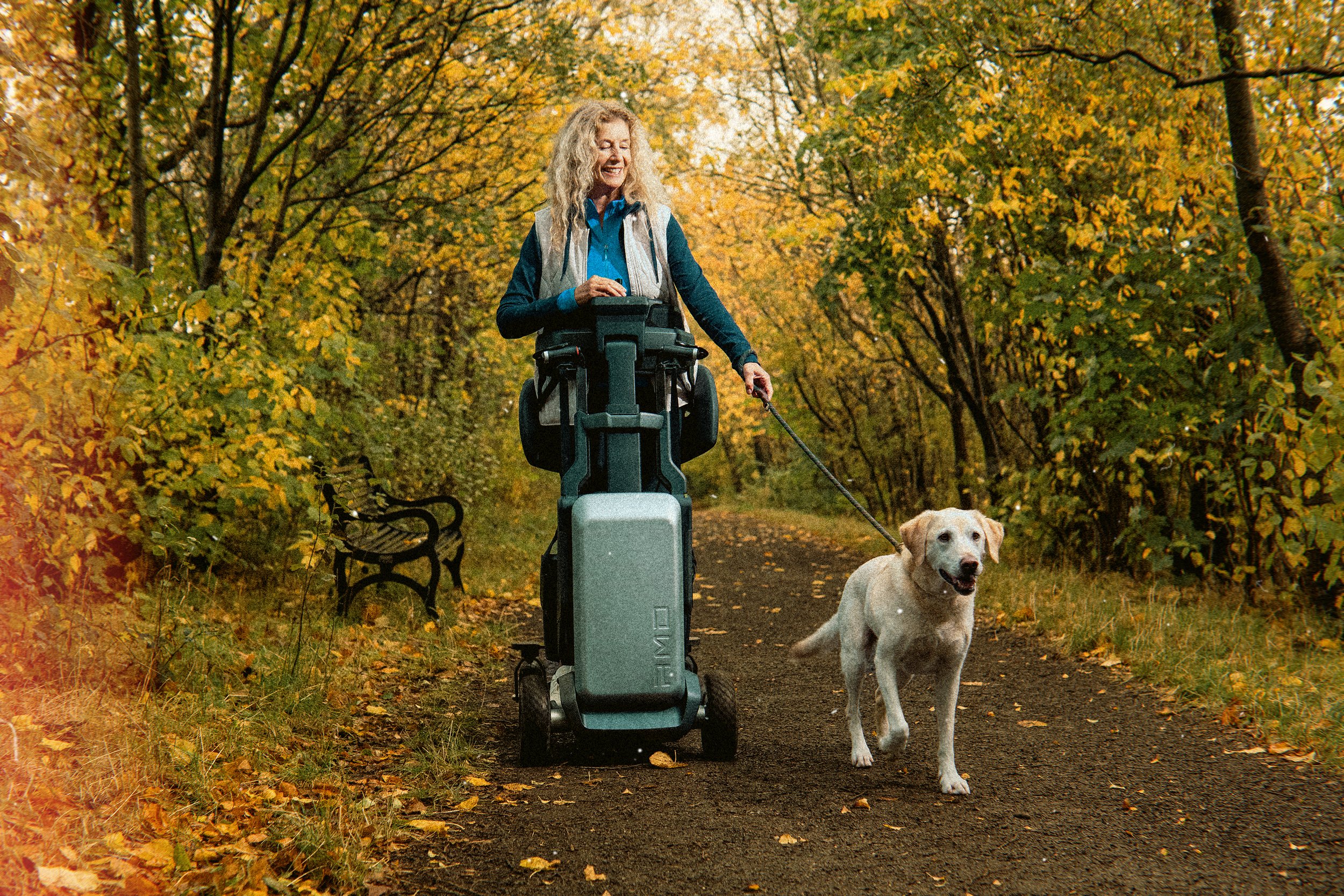Articles
Filter by Topic
- Adaptive Sport 1
- Artificial Intelligence 1
- Bike Labyrinth 3
- Bone density 1
- Brachial Plexus 1
- Bridging the Gap 1
- Bridging the Gap 1
- Carbonhand 4
- Cardiovascular 1
- Client Stories 4
- Cognition 1
- Company Updates 3
- Decision Making 1
- Dementia 1
- Denervation 21
- Diabetic Foot 12
- Efficiency 1
- Electrotherapy 27
- Exercise Benefits 28
- FES Cycling 9
- Functional Electrical Stimulation (FES) 52
- Gait 2
- Goal Setting 5
- Grip 3
- Healthspan 2
- Indego 13
- Lifestyle 8
- Lower Motor Neuron 1
- Mobility 17
- Motivation 2
- NMES 1
- Nerve injury 1
- NexStride 1
- Occupational Therapy 1
- Orthotic 15
- PRAFO 22
- Pain 5
- Parkinsons 2
- Pressure Ulcers 10
- Product Updates 7
- RISE Stimulator 9
- Safety 2
- Sponsor 1
- Standing 4
- Stimulette den2x 5
- Support 1
- TENS 1
- Technology 17
- Tek RMD 21
- Tips and Gadgets 4
Article Length
- 1 minute read 3
- 10 minute read 9
- 11 minute read 6
- 12 minute read 7
- 15 minute read 6
- 18 minute read 1
- 19 minute read 1
- 2 minute read 4
- 26 minute read 1
- 27 minute read 1
- 28 minute read 1
- 3 minutes read 9
- 4 minute read 34
- 5 Minute read 12
- 6 minute read 6
- 7 minute read 13
- 8 minute read 4
- 9 minute read 3
- FES 2
- FoG 1
- PRAFO 1
- Seven Minute Read 1
- awareness 1
- carbonhand 2
- cognitive 1
- cues 1
- freezing gait 1
- freezing of gait 1
- gait 1
- neurological 1
- neuroplasticity 1
- nexstride 2
- occupational therapy 1
- occupational therapy day 1
- orthopaedics 1
- orthotic 1
- parkinson's 1
- pressure 1
- pressure relief 1
- prevention 1
- rehabilitation 2
- stroke 1
- ulcers 1
- world stroke day 1
How does the Tek RMD compare to other mobility devices on the UK market?
The Tek RMD distinguishes itself from other mobility devices through its unique design philosophy, functionality, and target user needs. This doesn't mean that it is the perfect choice for everyone. Individuals with weak or paralysed limbs will ultimately have different physical abilities and functional goals. The Tek RMD allows individuals who are suitable to use it, to stand and move in their environment and to do this in a way that will enable them to do more than if they just were using a standing frame. They can stand for lengthy periods, interact at eye level with others and uniquely engage in their environment. We know that standing is good for health but most candidates for the Tek RMD or standing wheelchair want to do more.
Choosing the right product requires thoughtful consideration. It’s important to assess each option’s physical suitability while carefully evaluating its strengths and weaknesses in relation to the user’s functional goals.
How to Equip the Tek RMD for Outdoor Use
Have you see the Tek RMD yet? It's been described as a "moving standing frame" or the "Tek RMD wheelchair". It's not really a standing frame or a wheelchair actually, but it has some of the attributes of each.
A Tek RMD can allow persons with weak or paralysed legs to move easily between a seated and a standing position and then allow them to move around in their environment. Being narrower than a wheelchair it is easy to move around indoors and doesn’t take up so much space.
For most people that choose to use a Tek RMD they can enjoy a great standing posture and greatly increase their ability to stand during the day which we all know is good for health. Sitting in a wheelchair can be efficient to move around but the posture is not exactly health-giving.
In this article with video we see how to change the Tek RMD from indoor to outdoor trim
How the Tek RMD is tailored to you
The Tek RMD is a great use of robotic technology. The product allows persons with lower limb paralysis or weakness to get out of their wheelchair with very little effort, and then stand in a great posture whilst being able to move around. It’s not an alternative to a wheelchair or a replacement for a wheelchair but it does offer a unique complement to one. Sitting in a wheelchair all day is not great for health and standing is obviously desirable in many practical and social situations.
What is not so obvious at a glance is that each Tek RMD is capable of being adjusted to suit a wide range of statures. The cosmetic bodywork covers the means to adjust the product and we cant generally make major adjustments on site.
In this article we cover what measurements we use to adjust the Tek RMD to the individual user
Unlocking New Possibilities: Exploring the Advancements in Standing Wheelchairs in the UK
Of all the products that assist people with a disability, wheelchairs seem to cause the most difficulty and confusion. There are so many options and variations that many people finish up with something that doesn't serve them all that well.
Standing mobility devices are an option that can transform the lives of individuals with mobility challenges in the UK, offering a newfound sense of freedom, independence, and well-being.
When choosing a standing mobility device - a Tek RMD or a standing wheelchair, you need to carefully consider suitability. There are no perfect products for all people and all situations.
In this article, we will showcase the Tek RMD amongst the spectrum of standing wheelchairs and standing devices, exploring their benefits, features, and the impact they have on the lives of those who rely on them. From enhanced accessibility to increased social interaction, the possibilities are endless when it comes to unlocking a newfound sense of freedom and empowerment.
Alternative to a Standing Wheelchair: The Tek RMD
Standing is an essential human function that allows us to explore and interact with our environment. It is also good for our health. However, for individuals with mobility impairments, or lower limb paralysis, standing regularly and safely can be a challenge. Fortunately, with advances in assistive technology, standing is now possible for many people, even those who cannot stand on their own. Many products - both simple and complex exist to help people stand despite their disability. Many times, people find it hard to embrace a standing regime, due to boredom. What if technology existed that allowed standing to be combined with moving around?
One such technology solution is the Tek RMD; a robotic mobilisation device designed to help individuals with mobility impairments stand and move around with ease in their environments. In this article, we will explore the importance of standing and how the Tek RMD allows individuals to achieve this, both indoors and outdoors.
Demystifying the Causes and Management of Transverse Myelitis
If you or someone close to you is living with transverse myelitis, then you know how life-altering this neurological condition can be. It often results in sudden symptoms, such as muscle weakness, pain and bladder dysfunction. It has several possible causes. Some people recover from the symptoms and resulting complications of transverse myelitis, while others don’t.
With its sudden onset and potential for long-term impact, it's important that we have the best understanding of what causes transverse myelitis and what steps, if any, can be taken to minimise the chance of another episode occurring.
In this blog post, we'll take a closer look at the underlying causes, transverse myelitis symptoms, as well as potential ways to reduce it's severity and increase quality of life through some of the technology we offer.






